- myFICO® Forums
- FICO Scoring and Other Credit Topics
- Understanding FICO® Scoring
- Re: <8% vs 1% for max points?
- Subscribe to RSS Feed
- Mark Topic as New
- Mark Topic as Read
- Float this Topic for Current User
- Bookmark
- Subscribe
- Mute
- Printer Friendly Page
<8% vs 1% for max points?
Is your credit card giving you the perks you want?
Browse credit cards from a variety of issuers to see if there's a better card for you.
- Mark as New
- Bookmark
- Subscribe
- Mute
- Subscribe to RSS Feed
- Permalink
- Report Inappropriate Content
<8% vs 1% for max points?
Is there a difference in point gain between 8% util vs 1%?
- Mark as New
- Bookmark
- Subscribe
- Mute
- Subscribe to RSS Feed
- Permalink
- Report Inappropriate Content
Re: <8% vs 1% for max points?
It depends on whether FICO considers only CC utilization, or whether some FICO models also look at raw dollar values for CC debt as well.
If a person has a small total credit limit (e.g. $3000) then 8% is still a small dollar value ($240). In contrast, if a person has a huge total credit limit ($300,000) then 8% is $24,000.
If FICO cares about the raw dollar value of debt (in addition to CC utilization) then FICO will likely not care of your CC debt goes from $20 to $240 (assuming you stay under 8%). But FICO could care a lot if you went from $20 to $24,000.
No definitive tests have been done to show whether or not FICO 8 cares about the raw dollar of debt. It wouldn't be hard to show one way or the other, but nobody has ever taken the trouble to do it.
If you are curious to read a longer discussion of why a person might think that raw dollar value could possibly be a scoring factor, you can read a recent post about that here:
We do know for certain that many FICO models have specific dollar values wired into parts of the model.
All of this has a practical solution. If you need every extra scoring point possible (e.g. in preparation for buying a house or car) then pay all cards to zero except one (AZEO) with the remaining card showing a small positive balance (e.g. $20).
If you are not preparing for some important credit need in the very near future (i.e. in the next two months) then don't worry about this issue. In fact don't even worry about your CC utilization, as long as you keep it under 29%.
- Mark as New
- Bookmark
- Subscribe
- Mute
- Subscribe to RSS Feed
- Permalink
- Report Inappropriate Content
Re: <8% vs 1% for max points?
@Anonymous wrote:
I tried searching and got other things even though I know this has been asked.
Is there a difference in point gain between 8% util vs 1%?
I believe there is a scoring difference in FICO 8 between 1% and 8%, based on my own experience. But I've never tested it.



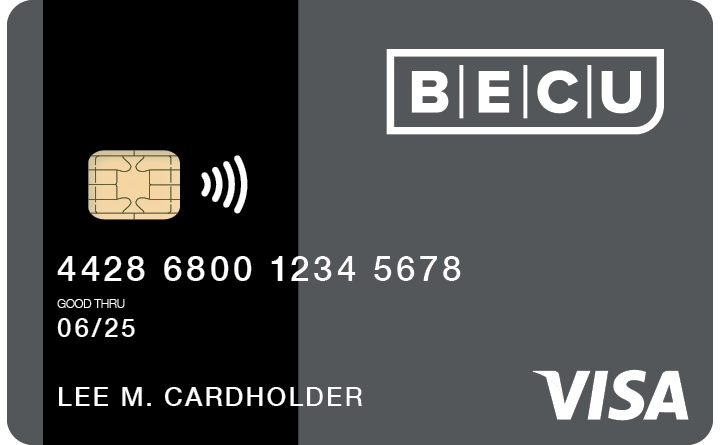

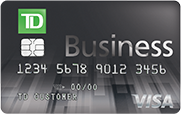





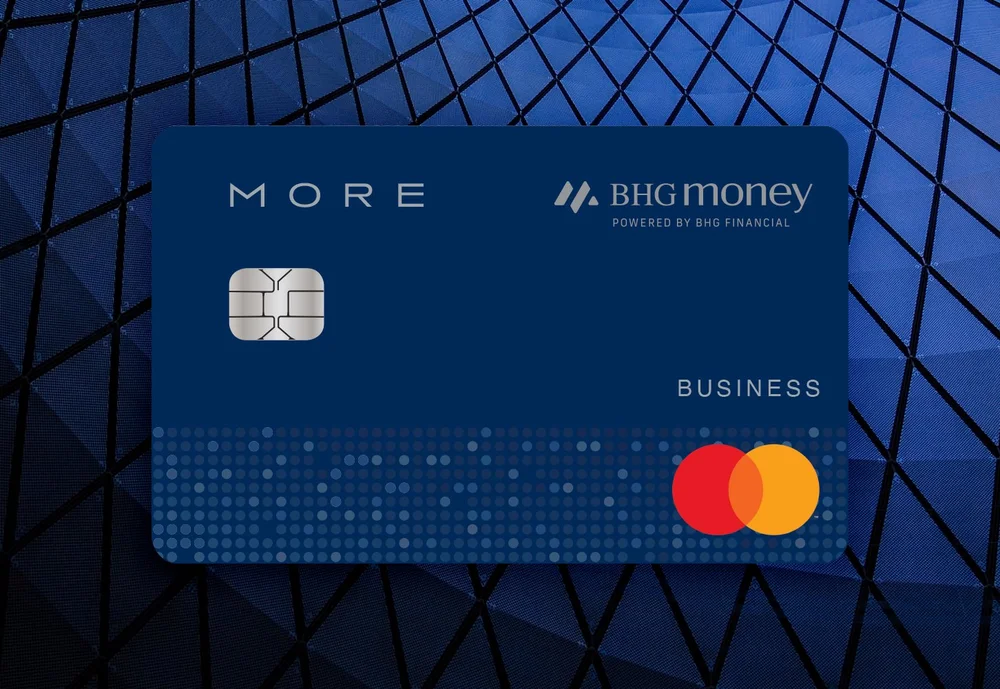
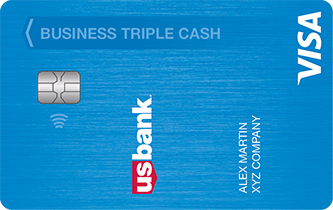

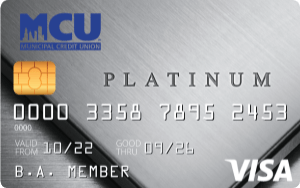
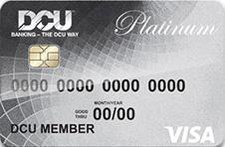

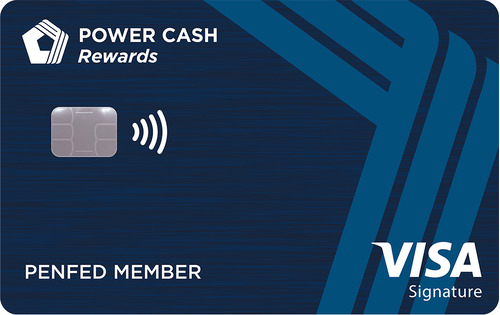

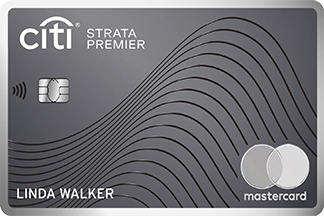
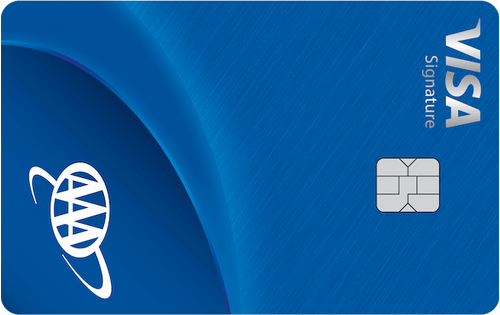

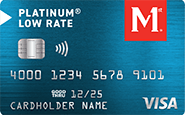
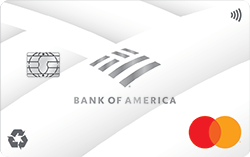


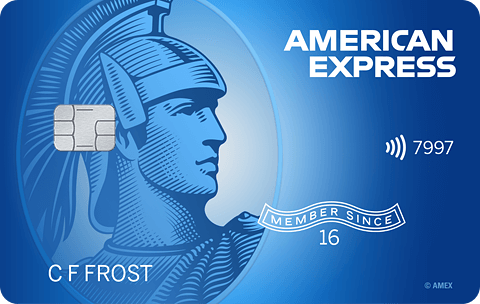
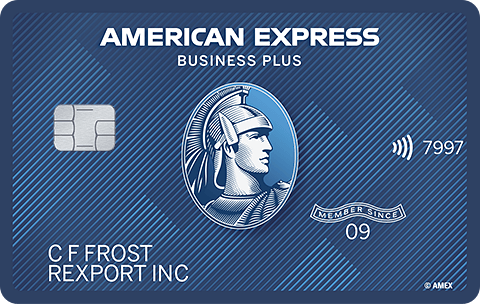



Total revolving limits 568220 (504020 reporting) FICO 8: EQ 689 TU 691 EX 682
- Mark as New
- Bookmark
- Subscribe
- Mute
- Subscribe to RSS Feed
- Permalink
- Report Inappropriate Content
Re: <8% vs 1% for max points?
Hi AmiBlue. Note that our friend SouthJ has a ginormous total credit limit. Nearly $500,000. Thus when he goes from $20 of CC debt reporting to 8% he is going in fact to almost 40k of CC debt.
That may be the explanation I was suggesting earlier. Some people see no difference between 1% and 8% -- some very reliable people like SouthJ do. But it's possible that FICO has built into it (as other scoring models do) an assessment of raw dollar value as well as utilization %. If so, then going from $20 to $40,000 may be a separate risk factor.
- Mark as New
- Bookmark
- Subscribe
- Mute
- Subscribe to RSS Feed
- Permalink
- Report Inappropriate Content
Re: <8% vs 1% for max points?
- Mark as New
- Bookmark
- Subscribe
- Mute
- Subscribe to RSS Feed
- Permalink
- Report Inappropriate Content
Re: <8% vs 1% for max points?
How many cards do you have now?
- Mark as New
- Bookmark
- Subscribe
- Mute
- Subscribe to RSS Feed
- Permalink
- Report Inappropriate Content
Re: <8% vs 1% for max points?
Even if there is a difference between 1% and 8% aggregate utilization [on certain profiles] I doubt that the difference would be significant in terms of scoring. I think 5-9 points would be able the most anyone could expect. SJ, do you recall in terms of points how many you gained in going from an upper single-digit utilization percentage to a lower single-digit utilization percentage? I figure if crossing the 8.9% threshold on most profiles results in 15-20 points gained, one wouldn't see more than half of that going to a low single-digit utilization percentage, but I'd like to hear from someone like you that's got a data point.
- Mark as New
- Bookmark
- Subscribe
- Mute
- Subscribe to RSS Feed
- Permalink
- Report Inappropriate Content
Re: <8% vs 1% for max points?
- Mark as New
- Bookmark
- Subscribe
- Mute
- Subscribe to RSS Feed
- Permalink
- Report Inappropriate Content
Re: <8% vs 1% for max points?
Given that you want to buy a house soon, you need to get your scores in ideal shape ASAP. That means implementing AZEO with a small balance. Sure you may be able to get the same score with a higher dollar amount -- maybe -- but why risk it? This is the most important loan of your life.
- Mark as New
- Bookmark
- Subscribe
- Mute
- Subscribe to RSS Feed
- Permalink
- Report Inappropriate Content
Re: <8% vs 1% for max points?
@Anonymous wrote:Even if there is a difference between 1% and 8% aggregate utilization [on certain profiles] I doubt that the difference would be significant in terms of scoring. I think 5-9 points would be able the most anyone could expect. SJ, do you recall in terms of points how many you gained in going from an upper single-digit utilization percentage to a lower single-digit utilization percentage? I figure if crossing the 8.9% threshold on most profiles results in 15-20 points gained, one wouldn't see more than half of that going to a low single-digit utilization percentage, but I'd like to hear from someone like you that's got a data point.
I think the difference between 1% and 8% would have been single digits, not massive. And we're only talking FICO 8, not the mortgage scores. OP's primary focus is a mortgage application in several months. So as you have pointed out, the most important thing for him to focus on is the number of accounts reporting a balance. All but one reporting zero gives him his best shot.































Total revolving limits 568220 (504020 reporting) FICO 8: EQ 689 TU 691 EX 682